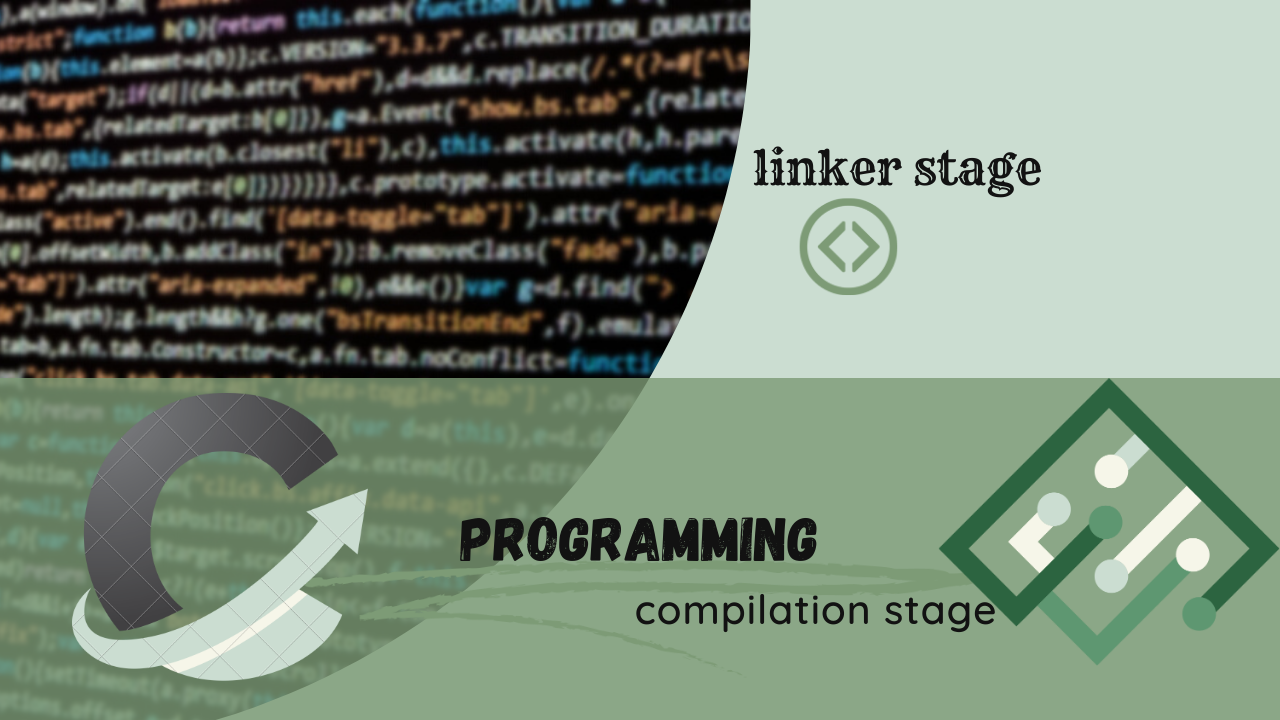
linker stage in c
Understanding the Linker Stage in C Programming
Introduction
The linker stage is a crucial part of the C programming process, responsible for transforming your source code into an executable program. In this section, we will delve into the linker stage's role, its significance, and how it contributes to the overall development process.
What is the Linker Stage?
-
Definition: The linker stage, also known as the linking stage, is the final step in the compilation process of a C program.
-
Objective: Its primary purpose is to combine multiple object files and libraries to create a single, executable program.
Why is the Linker Stage Important?
-
Resolving External References: During the compilation process, your C program may rely on functions and variables defined in different source files. The linker resolves these external references by connecting the appropriate code and data.
-
Memory Address Assignment: The linker assigns memory addresses to various sections of your program, ensuring that they do not overlap and that the program can execute without conflicts.
-
Integration of Libraries: If your program uses external libraries (such as standard C libraries or user-defined libraries), the linker integrates these libraries into your program, enabling you to utilize their functions and resources.
-
Executable Output: Ultimately, the linker produces a single executable file that can be run on the target system without needing access to the source code or individual object files.
How Does the Linker Stage Work?
-
Object Files: The linker takes multiple object files produced during the compilation stage. These object files contain machine code for functions and data definitions.
-
Symbol Resolution: It resolves symbols, which are placeholders for functions and variables, by matching them with their actual addresses in the object files or libraries.
-
Linker Scripts: In some cases, developers may use linker scripts to control how the linker combines and organizes various sections of the program.
-
Output Generation: Once symbol resolution is complete, the linker generates an output file (usually an executable file) that contains all the necessary code and data.
Common Linker Errors
-
Undefined Reference: This error occurs when the linker cannot find the implementation of a function or variable that your program is referencing.
-
Multiple Definitions: If a function or variable is defined in multiple source files and the linker is unable to decide which definition to use, it leads to a "multiple definitions" error.
-
Library Not Found: When your program depends on external libraries, the linker might fail to locate the required library files.
Works of Linker
There are three works by the Translator
- Responsible for linking with libraries
- add operating system information
- generate executable code
Code to compile the Translator stage
cc File_name.oConclusion
The linker stage in C programming is a vital component of the development process, responsible for bringing together various parts of your program into a cohesive, executable unit. Understanding how the linker works and how to handle common linker errors is essential for every C programmer to create robust and functional software.

